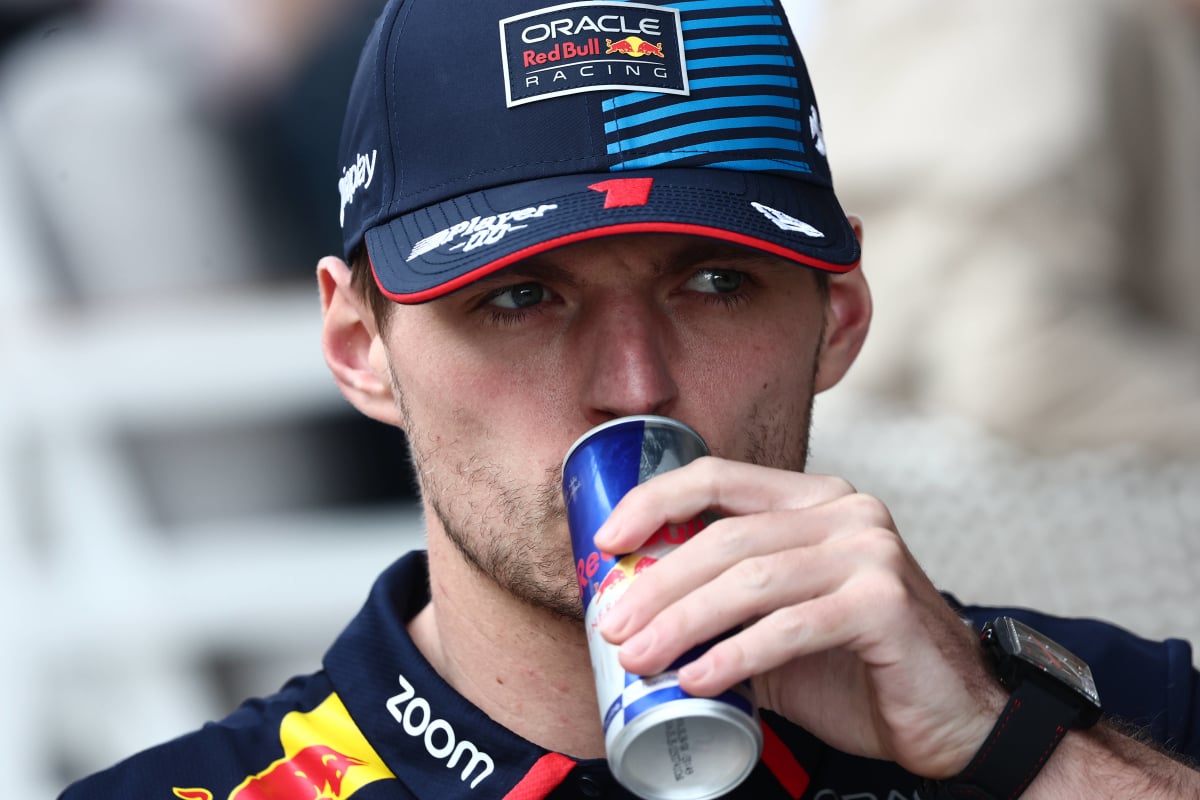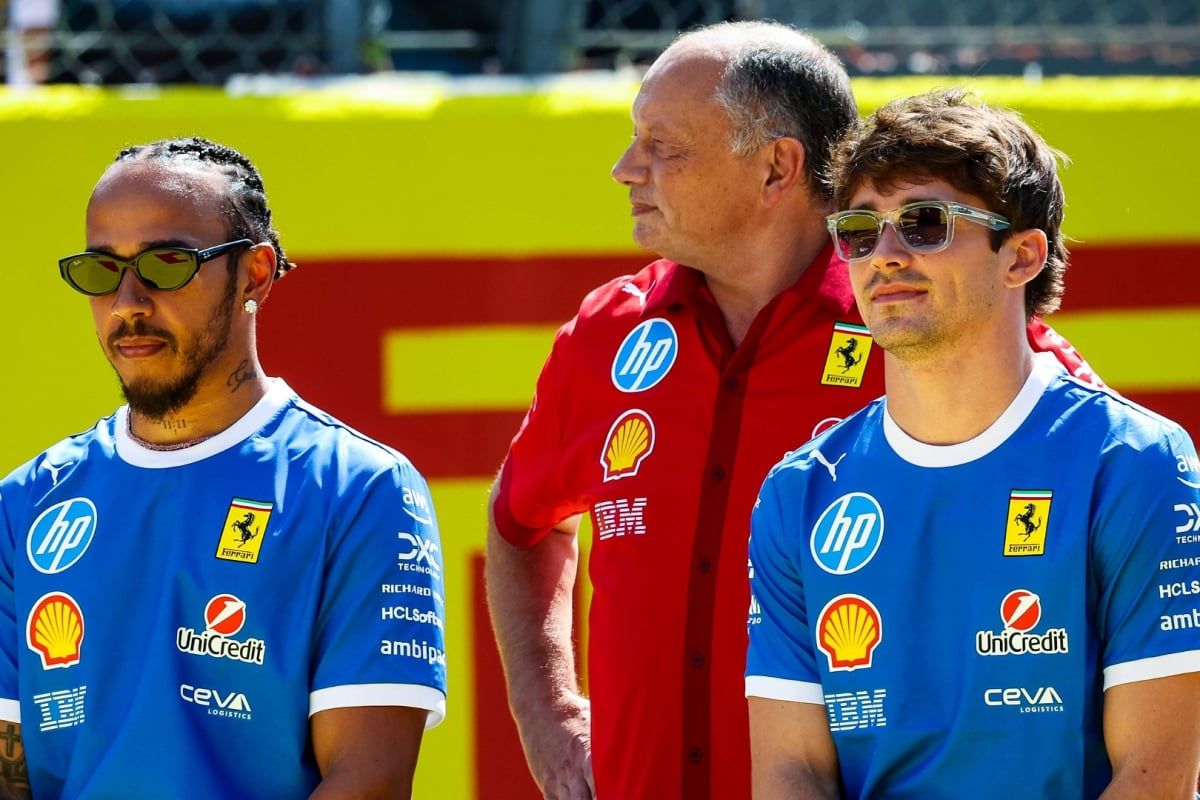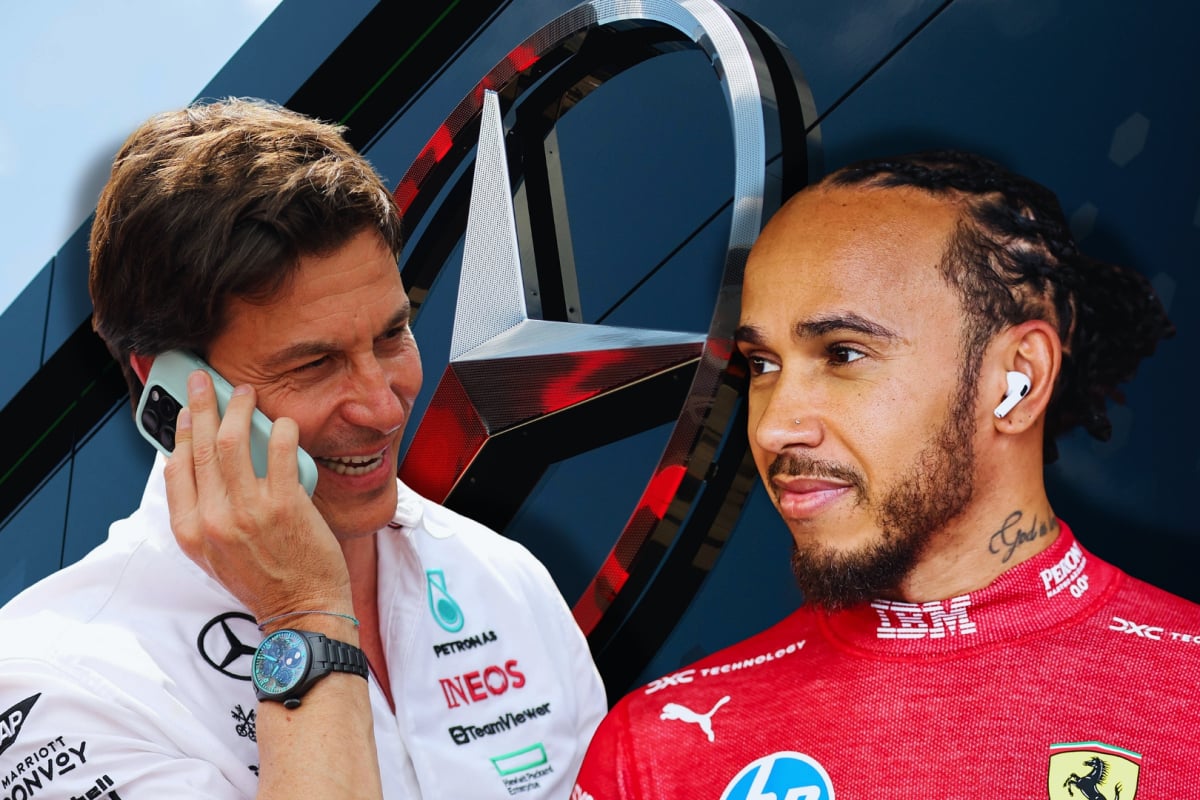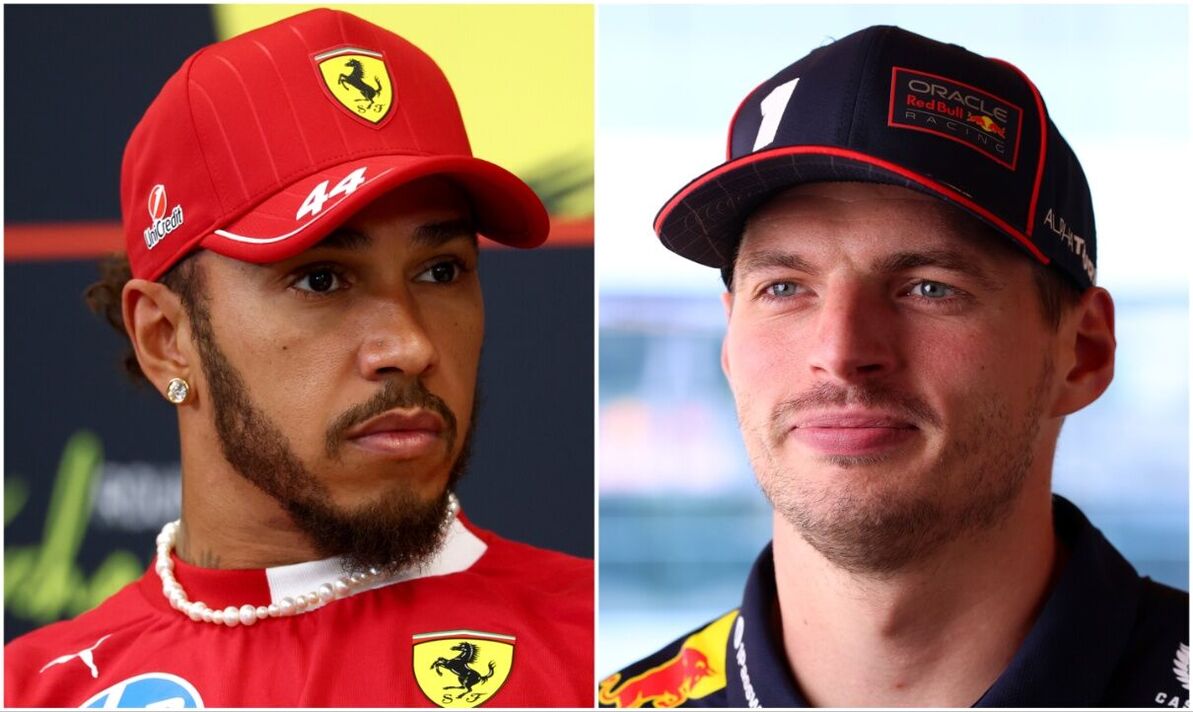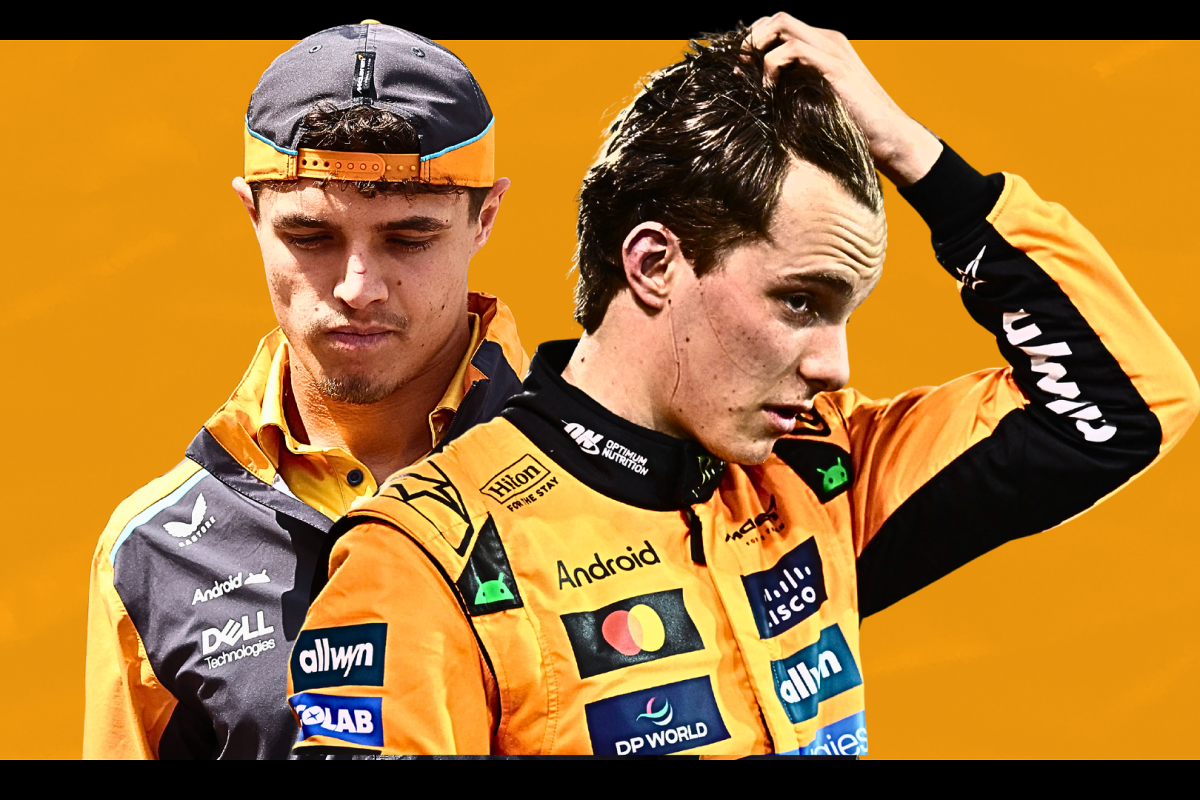Max Verstappen retaliates after awkward F1 Austrian Grand P… read more
The Austrian Grand Prix, a weekend of intense racing and strategic maneuvering, took an unexpected turn on Sunday as Max Verstappen’s championship aspirations were nearly derailed by a series of unfortunate events culminating in a dramatic and ultimately satisfying retaliation. The incident, which involved a controversial safety car period and a subsequent overtaking maneuver, left the track buzzing with discussion and highlighted the fine line between sportsmanship and calculated aggression in Formula 1.
The narrative began on lap 29 of the race. A collision between Lando Norris and Pierre Gasly brought out the safety car, a seemingly routine procedure that instead became a crucial point of contention. The safety car period, designed to mitigate hazardous conditions and ensure a safe return to racing, extended significantly beyond expectations. This unexpected delay proved to be a crucial element in the unfolding drama, allowing competitors to strategize and potentially gain crucial positions. While most teams adapted their strategies, Verstappen’s Red Bull Racing team found themselves in a less-than-ideal position.
The extended safety car period allowed rivals, notably Charles Leclerc, to refuel, significantly reducing the gap between themselves and the front-running Verstappen. This strategic shift, orchestrated by Ferrari, placed the Monegasque driver in a prime position to challenge Verstappen for the lead. The pressure mounted as the race approached its final laps, with Verstappen under intense pressure from Leclerc.
As the safety car finally pulled away and the race resumed, the scene set for an exhilarating showdown. Verstappen, maintaining his composure despite the significant loss of momentum, was under immense pressure to hold off Leclerc’s relentless attacks. The race was essentially a sprint to the finish, with Verstappen needing to effectively use his superior car.
Verstappen’s approach, though ultimately successful, was met with mixed reactions. After the safety car period, Verstappen, who had emerged on the right side of the pit lane, engaged in a series of aggressive maneuvers to reclaim the lead. The sequence involved tightly controlled passes and quick accelerations, leaving some observers questioning the degree of aggression involved.
The race officials’ response was also a topic of debate. Questions arose regarding the strictness of penalties applied to Verstappen’s driving style, and whether there was a perceived bias favouring his team’s tactics. Discussions about the finer points of racing etiquette and the subtle art of overtaking intensified in the post-race analyses. Many commentators highlighted the inherent tension between the need for strategic advantage and the importance of maintaining a certain degree of sportsmanlike conduct.
In the aftermath, Max Verstappen expressed his frustration, highlighting how the safety car period had jeopardised his momentum. While he was able to ultimately fend off Leclerc’s challenge, the incident underscored the delicate balance between championship ambition and adhering to racing protocols.
The incident generated a considerable amount of social media buzz, as fans and commentators debated the merits of Verstappen’s driving style. Some praised his calculated aggression as a necessary component of championship-level racing, while others criticized the lack of sportsmanship evident in the final overtaking maneuvers. The episode became a microcosm of the complex dynamics within Formula 1, highlighting the interplay of strategy, aggression, and the ever-present pressure of competition.
Verstappen’s determined comeback, albeit slightly controversial, ultimately secured him a hard-fought victory. The Austrian Grand Prix demonstrated that while achieving a win is paramount in the sport of Formula 1, the means to achieve it are often subject to critical analysis and discussion among fans and experts alike. The incident serves as a reminder of the intricacies and emotional intensities of the world’s most prestigious racing series. The outcome showcased the relentless competitive spirit and tactical brilliance that define modern Formula 1, but also the inherent risks of challenging the very fabric of the sport’s established norms.
